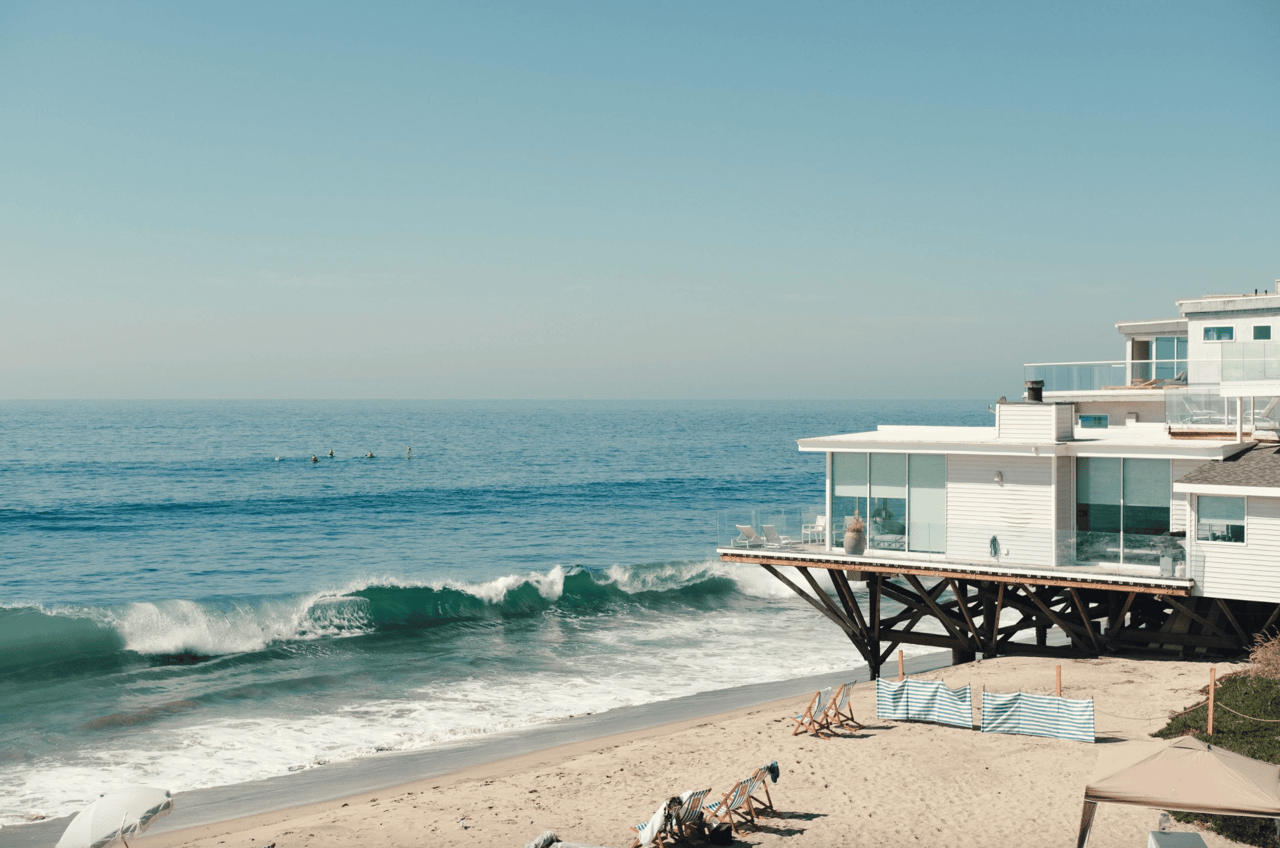Demand for Second Homes in the U.S. Hits Highest Level in a Year
VacationHomes

VacationHomes

Demand for vacation homes in the U.S. picked up pace in January, up 87% compared to pre-pandemic levels, the highest in a year, according to a Thursday report from Redfin.
Interest in second homes is just below the peak recorded in September 2020, when demand for vacation digs was up 90% compared to the same time in 2019, the property portal said. The growth significantly outpaced demand for primary residences, which was up 42% in January compared to pre-pandemic levels.
“Demand for second homes was strong in January as buyers tried to lock in relatively low mortgage payments,” Taylor Marr, Redfin’s deputy chief economist, said in the report. “Mortgage rates surpassed 3.5% in January for the first time since March 2020, encouraging buyers who were on the fence about purchasing a vacation home to commit before rates increase further.”
Although the ability to work from home continues to fuel the second-home market, additional rate increases are likely to curb some buyers’ enthusiasm in the coming year.
“While I expect demand for second homes to remain higher than it was before the pandemic, mostly because of remote work, it may fall slightly in the coming year as mortgage rates continue to go up and fees for second-home loans increase,” Mr. Marr continued.
No surprise, the increased demand has caused prices to surge in seasonal locales, according to the report.
A typical house in a seasonal town—an area where more than 30% of homes are used for just part of the year—sold for $501,000 in December, the most recent data available. That’s a 20% year-over-year increase and was the 18th straight month of double-digit price growth. At the same time, inventory in such locations was down 29% annually in the fourth quarter.
In contrast, the median sales price of a residence in a non-seasonal town was $408,000 in December, a 13% year-over-year rise. Inventory dropped 16% in the fourth quarter, the figures show.
For the report, Redfin looked at seasonally adjusted mortgage-rate lock data from real estate analytics firm Optimal Blue. A mortgage-rate lock is an agreement between a lender and a buyer that freezes an interest rate for a specified amount of time. Home buyers specify what kind of house they are buying, whether it’s a primary residence, a second home or an investment property, and about 80% of mortgage-rate locks result in a purchase.
The report did not break down demand by region.
BY V.L. HENDRICKSON | ORIGINALLY PUBLISHED ON FEBRUARY 10, 2022 | MANSION GLOBAL